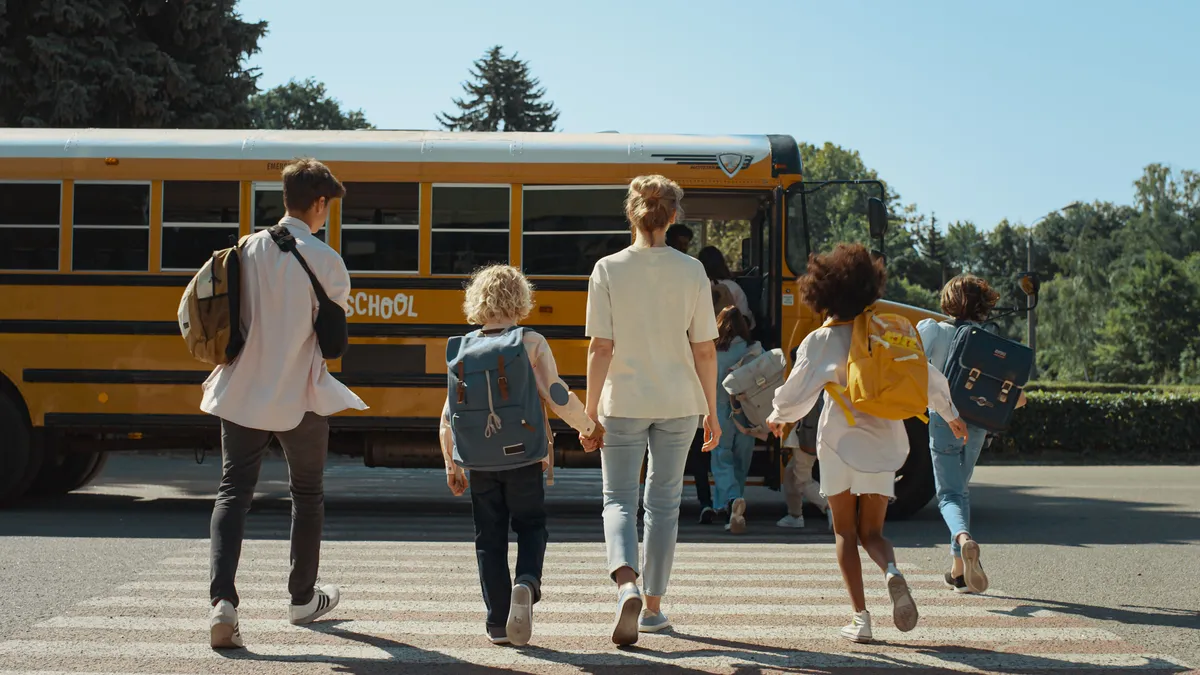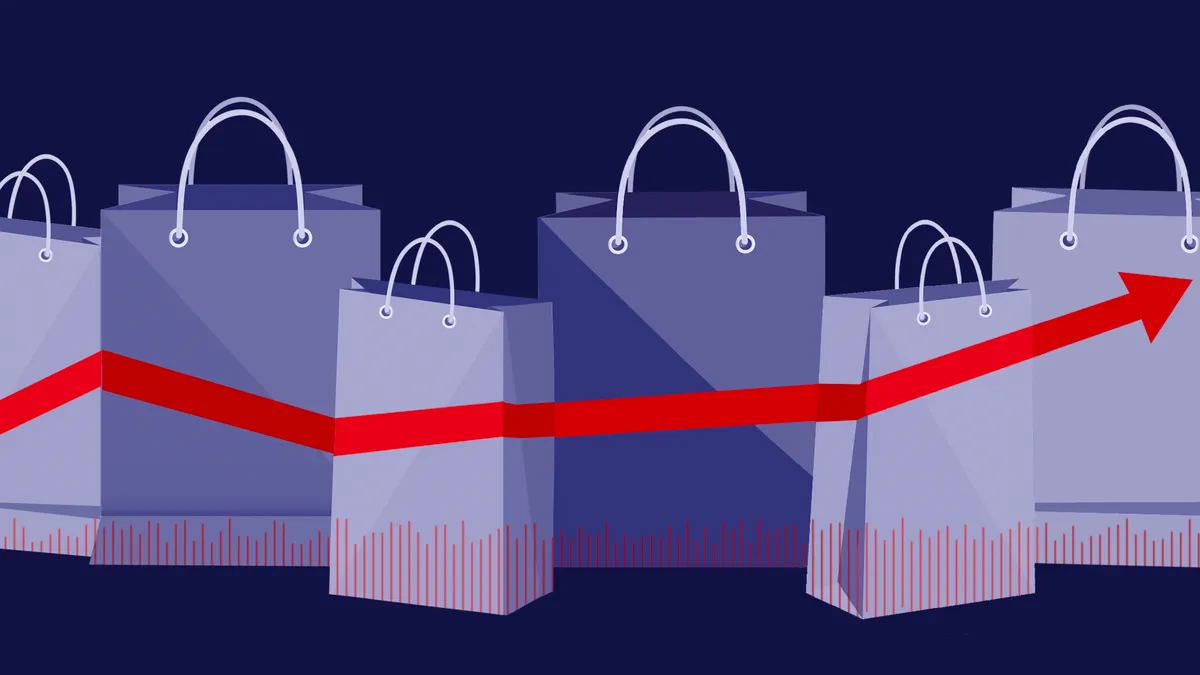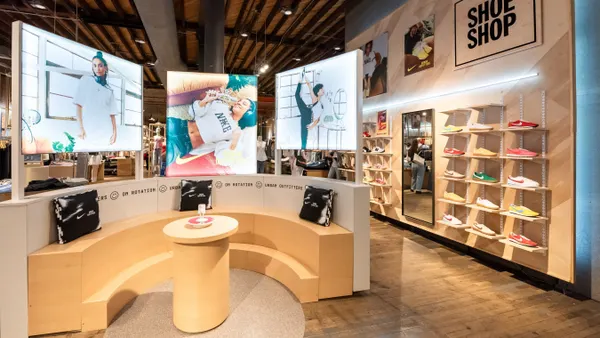Dive Brief:
- The majority (91%) of back-to-school shoppers say higher prices will impact their purchasing behaviors this season, according to an ICSC survey of 1,009 respondents. To cope with the price hikes, they plan to buy items on sale (38%), purchase items from cheaper brands (29%), comparison shop (29%) and reuse supplies (28%).
- More than half (56%) of back-to-school shoppers are concerned about affording the supplies they usually buy because of tariff-driven price increases. About eight in ten said they anticipate spending more this year than last year, a trend they attribute to price increases (37%) and stocking up on supplies for the year (34%).
- Nearly two-thirds (62%) of shoppers plan to buy their back-to-school items from discount stores, followed by Amazon (57%) and dollar stores or variety retailers (42%), the survey found.
Dive Insight:
As consumers brace for a surge in back-to-school prices, they’re hunting for bargains at promotional events.
Nine in ten survey respondents said promotions will sway their back-to-school shopping decisions, according to a separate ICSC survey. Nearly half (46%) of respondents said they planned to take advantage of Target Circle Week, Amazon Prime Day, Walmart Deals or Labor Day sales.
“Retailer-driven promotional events have become a vital part of the back-to-school season and have reshaped when and how consumers shop to take advantage of the best sales,” Tom McGee, president and CEO of ICSC, said in a statement. “American families continue to spend even as they face an uncertain economic outlook, and successful retailers will continue using creative deals and promotions to entice them to spend throughout the year.”
As shoppers seek out school supply savings, major retailers are holding competing summer sales. Alongside Amazon’s Prime Day Sale in July, Target and Walmart each held their own summer sales earlier this month, which touted discounts on back-to-school merchandise. Following those events, Walmart and Target each introduced additional back-to-school discounts and features geared at those shoppers.
Some shoppers began their back-to-school shopping journey even before those sales, though. A recent TeacherLists survey found that the proportion of parents starting their back-to-school shopping in June rose from 11% in 2024 to 20% this year. That’s mostly to avoid price hikes and potential product shortages.
Shoppers are also deploying AI tools to stretch their back-to-school budgets. A PwC survey released last month found that a fifth of back-to-school shoppers expect to use AI in their search for markdowns. Another YouGov survey found that parents of children under 18 are more familiar with AI assistants and are more likely to have used them than the general population.
Although shoppers are looking for ways to avoid price increases, back-to-school shoppers are expected to spend more this year. A Coresight Research report projects that back-to-school spending will rise 3.3% year-over-year to $33.3 billion. This year, families anticipate spending $378 on each child’s back-to-school items, a 21.5% increase from the $311 they spent last year.















